
|
|
|
| synonym |
Balclutha rosea, B. hebe, B. guajanae |
| description |
A slender species that is pale yellow, very pale testaceous or ivory in color; the face has brown coloration. There is a thin pale brown longitudinal line medially across the pronotum, extending onto the vertex and scutellum. There is a longitudinal band on either side of the pronotal midline, and the lateral areas of the pronotum and basal angles of the scutellum are pale fuscous or orange; the longitudinal bands are sometimes indistinct and can also extend on the posterior portion of the vertex. The forewings are either colorless or a pale brown, and the vertex, pronotum, scutellum, and basal half of the forewings can sometimes be pinkish. The head is as wide as or slightly wider than the pronotum; the vertex is the same length in the middle as next to the eye. The male subgenital plates taper gradually to short finger-like apexes. Adult males are 3.3 to 3.8 mm long, females are 3.7 to 4.2 mm. Nymphs are a light brown color. (Knight, 1987)
For images of specimens of nymphs and adults, see: BOLD. For images of diagrams, see: TW. |
| distribution |
Southeastern United States, recorded as far north as Ohio and New Hampshire (Chandler & Hamilton, 2017); also found throughout the rest of the Americas, Asia, Australasia, Africa, and the Mediterranean (Knight, 1987) |
| abundance |
Recorded from a couple counties in the Piedmont and mountains, likely under collected and therefore more abundant in the right habitat. |
| seasonal_occurrence | |
| habitat |
Grasslands, fields, marshes, other similar habitats. |
| plant associates |
Various genera of Poaceae, Rutaceae and Malvaceae (Chandler & Hamilton, 2017); Knight (1987) reports the following host plants for this species from around the world, most from the Caribbean: Cirus paradisi (grapefruit), Gossypium sp. (cotton), Panicum barbinode, Saccharum sp. (sugar-cane), Setaria viridis, Sorghum sp. |
| behavior |
Can be attracted at night with a light. |
| comments |
NOTE: As of now, it is probably necessary to collect male specimens to confirm the identification of any specimens that may be this species. Balclutha is a very challenging genus to identify without male genitalia, with multiple species showing a high degree of color and pattern variation and similarity in head shape, size and female pregenital sternite shape.
See B. incisa for a note on some taxonomic confusion with B. hebe, which is now synonymized with B. rosea. |
status |
[Native:]
[Introduced:]
[Extirpated:] | | list_type |
[Official:]
[Provisional:] |
| adult_id | Unmistakable and widely known Identifiable from good quality photos of unworn specimens
Identifiable from photos showing undersides, or other specialized views [e.g., legs, face]
Identifiable only by close inspection of structural features or by DNA analysis NULL |
| nymph_id | Unmistakable and widely known Identifiable from good quality photos, especially where associated with known host plants
Identifiable from close inspection of specimens or by DNA analysis
Identifiable only through rearing to adulthood NULL |
| G_rank |
|
| S_rank |
|
| rank_comments |
|
| tribe |
Macrostelini |
| subgenus |
|
Species Photo Gallery for Balclutha frontalis No Common Name |
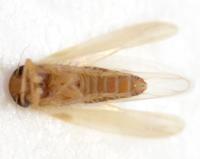 | Photo by: Kyle Kittelberger
Wake Co.
Comment: male, 3.46 mm | 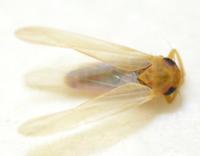 | Photo by: Kyle Kittelberger
Wake Co.
Comment: male, 3.46 mm |
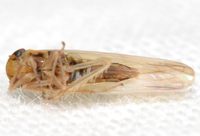 | Photo by: Kyle Kittelberger, Brian Bockhahn
Transylvania Co.
Comment: female; 4.1 mm | 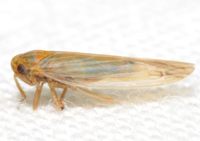 | Photo by: Kyle Kittelberger, Brian Bockhahn
Transylvania Co.
Comment: female; 4.1 mm |
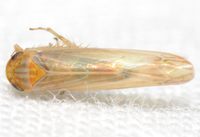 | Photo by: Kyle Kittelberger, Brian Bockhahn
Transylvania Co.
Comment: female; 4.1 mm | 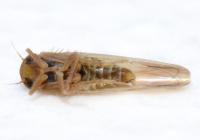 | Photo by: Kyle Kittelberger
Wake Co.
Comment: male (3.6 mm) |
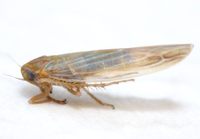 | Photo by: Kyle Kittelberger
Wake Co.
Comment: male (3.6 mm) | 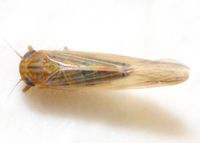 | Photo by: Kyle Kittelberger
Wake Co.
Comment: male (3.6 mm) |
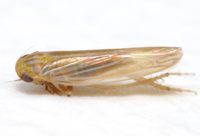 | Photo by: Kyle Kittelberger
Wake Co.
Comment: male and female (4.1 mm) | 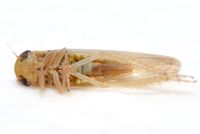 | Photo by: Kyle Kittelberger
Wake Co.
Comment: male and female (4.1 mm) |
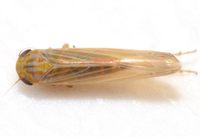 | Photo by: Kyle Kittelberger
Wake Co.
Comment: male and female (4.1 mm) | 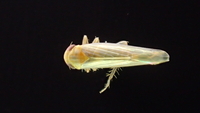 | Photo by: Erich Hofmann
New Hanover Co.
Comment: https://www.inaturalist.org/observations/59240008 |
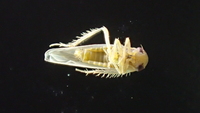 | Photo by: Erich Hofmann
New Hanover Co.
Comment: https://www.inaturalist.org/observations/59240008 | 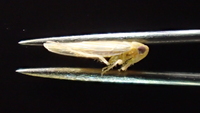 | Photo by: Erich Hofmann
New Hanover Co.
Comment: https://www.inaturalist.org/observations/59240008 |
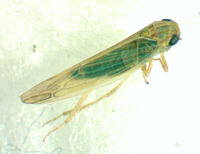 | Photo by: Ken Kneidel
Mecklenburg Co.
Comment: 4.2 mm female came to UV light at night | 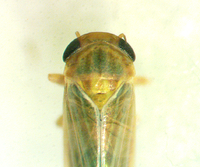 | Photo by: Ken Kneidel
Mecklenburg Co.
Comment: 4.2 mm female came to UV light at night |
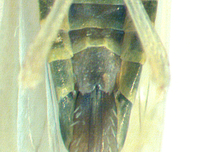 | Photo by: Ken Kneidel
Mecklenburg Co.
Comment: 4.2 mm female came to UV light at night |

 »
»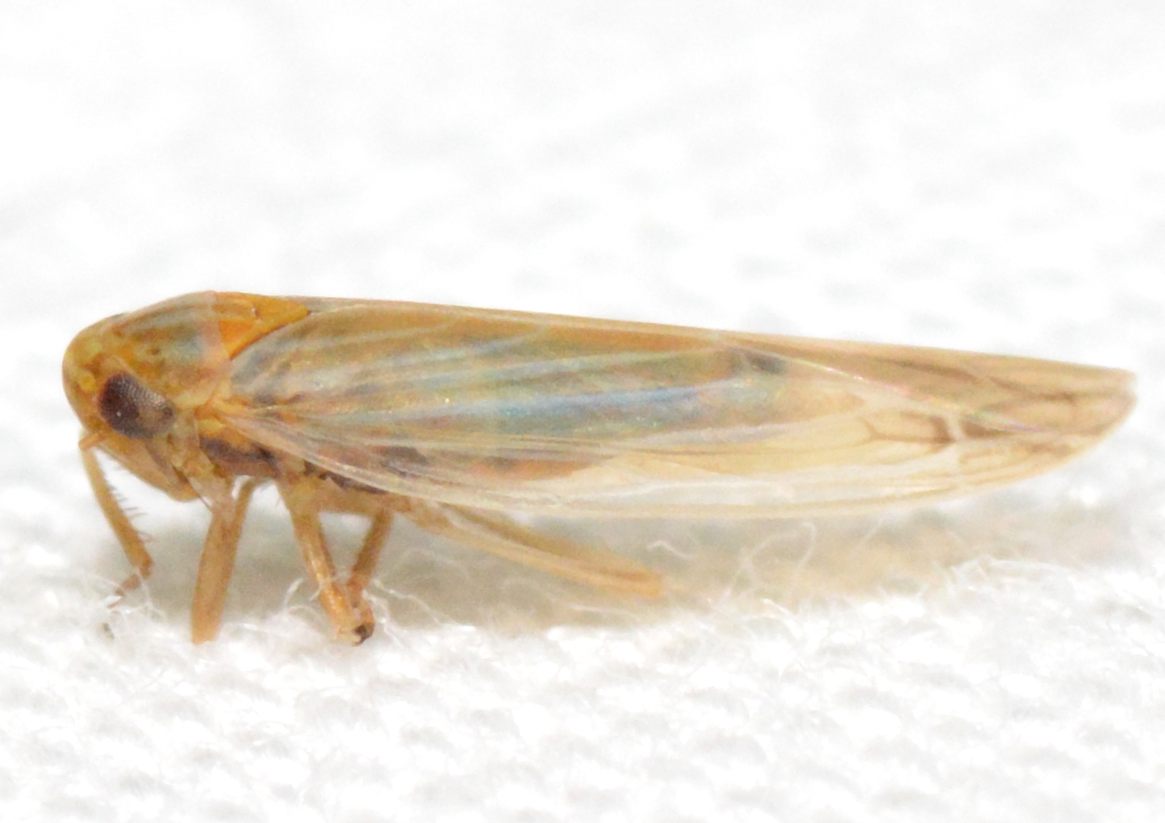
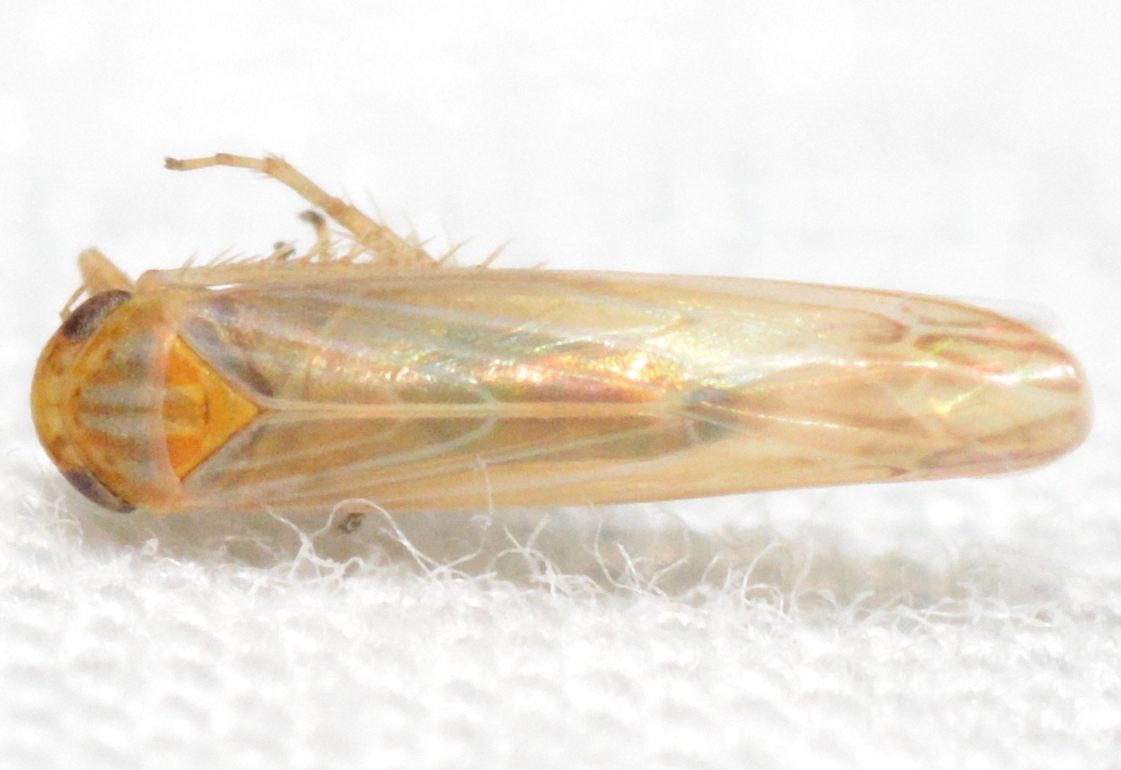
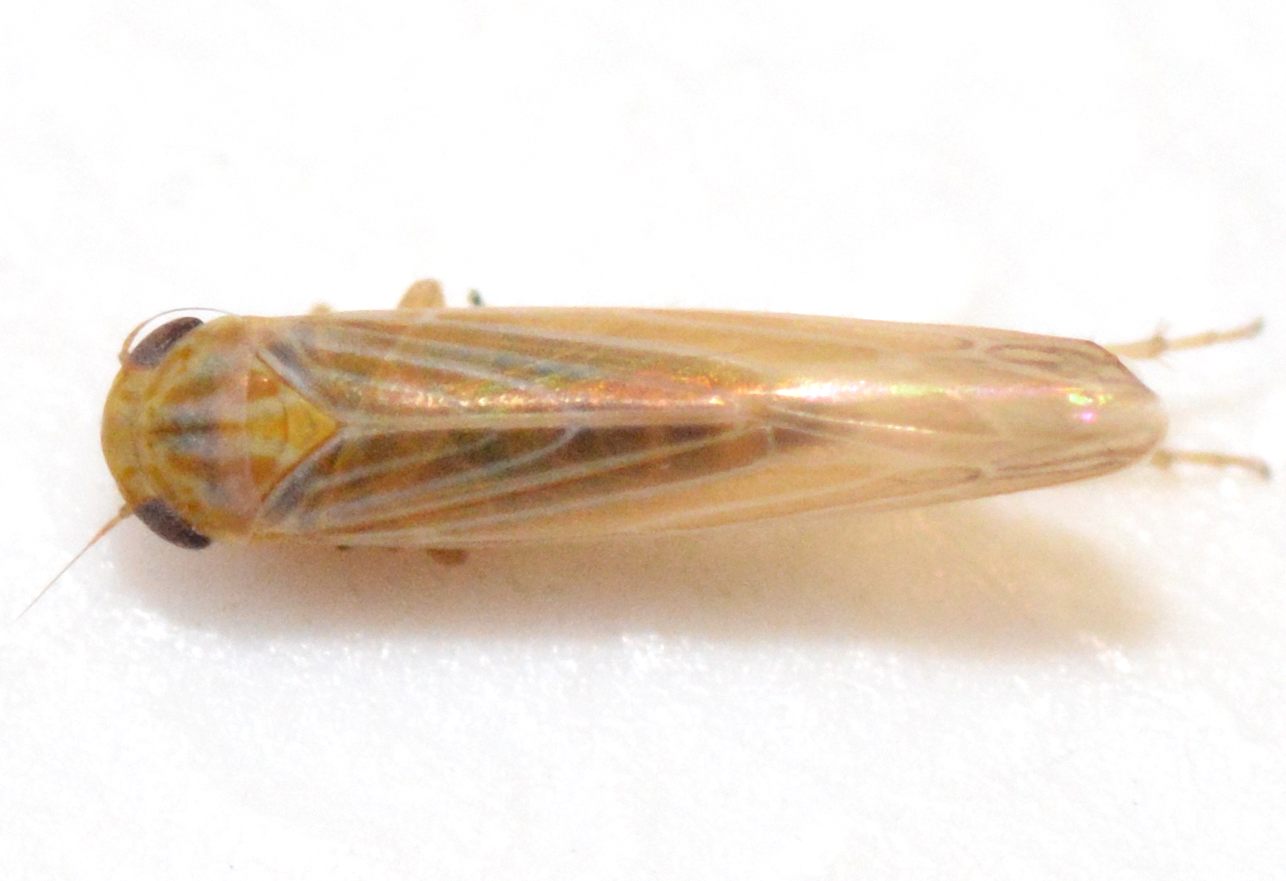
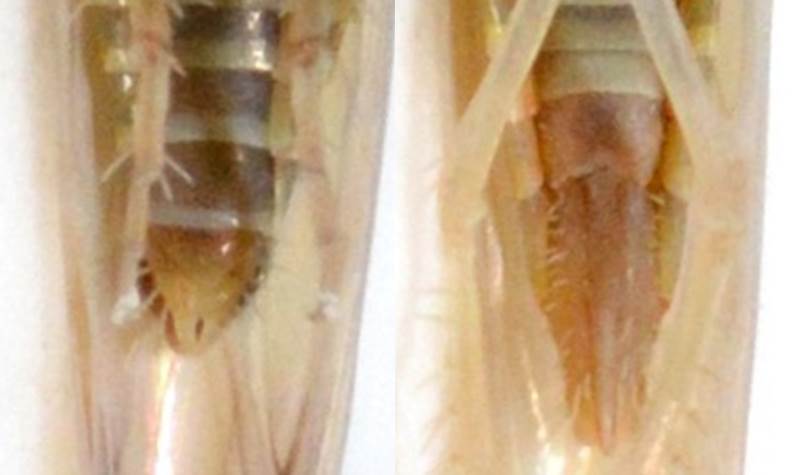

 »
»


